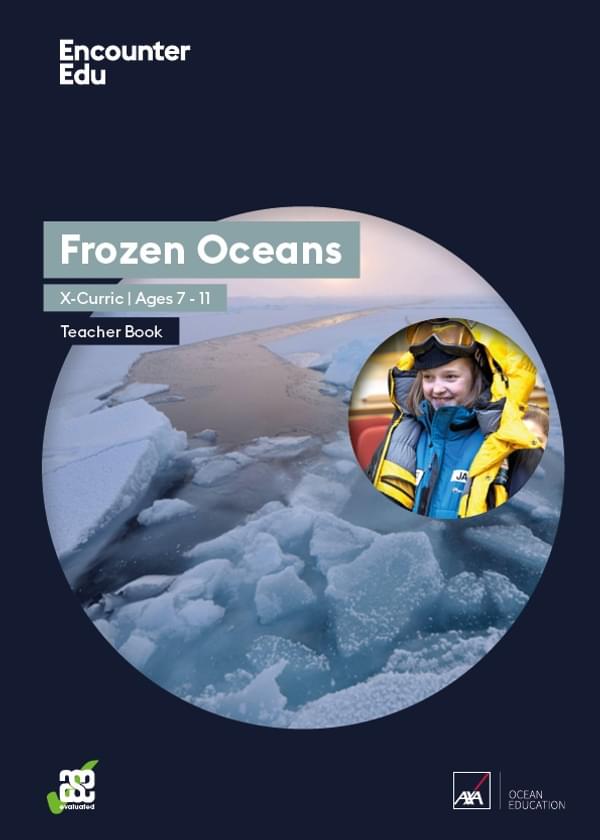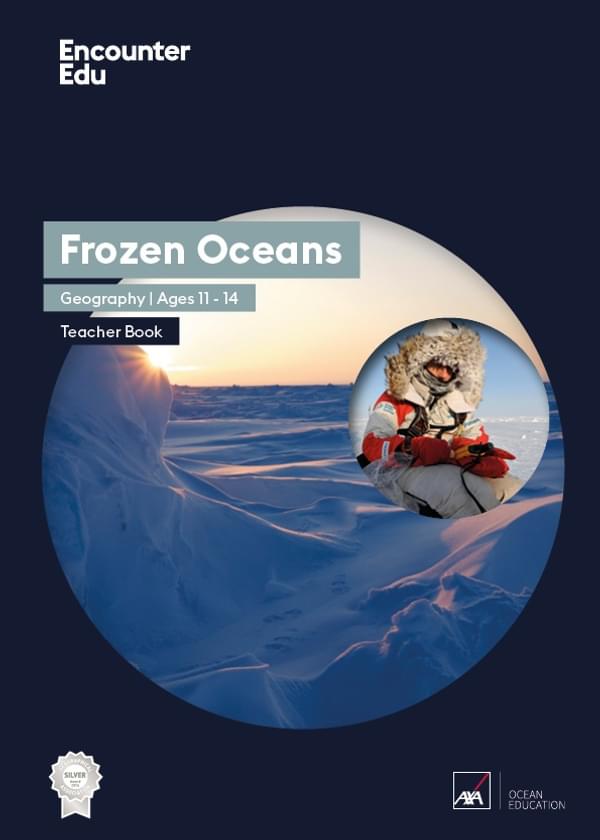What equipment and clothing do polar explorers need?
The material that makes up the Explorer Team’s clothing is a combination of natural and synthetic fabrics. Their sledging suits are made from a PERTEX© Classic 6 outer, reinforced with POLARDRI© and insulated with a DRYACTIV© deep pile lining. The suits are custom designed for vigorous and daily use for 3 months. The temperature range the suits can withstand is -5°C to -50°C.
Clothing worn against the skin should be made of synthetic material in order to absorb sweat from the body and dry as soon as possible.
Frostbite is most common at the extremities of the human body: toes, fingers and nose. These are the areas which need most protection while working in a cold environment. Three layers of gloves are worn: an outer mitt, a mid-layer glove and a pair of thin base-layer gloves. It is critical to keep feet warm and insulated, as well as making sure there is enough room for the feet to move inside the boots. This is so circulation is not cut off and the risk of frostbite minimised. To protect the neck and head, scientists and explorers wear woolly hats, neck-overs, buffs and facemasks.
If the team are not doing a physical activity and therefore not generating much heat of their own, a down jacket is worn.

Cross-curricular | Ages 7-11
Frozen Oceans
Based on journeys undertaken by real explorers and scientists, the Frozen Oceans (Primary) education programme is designed to introduce students to what life is like in the High Arctic.
